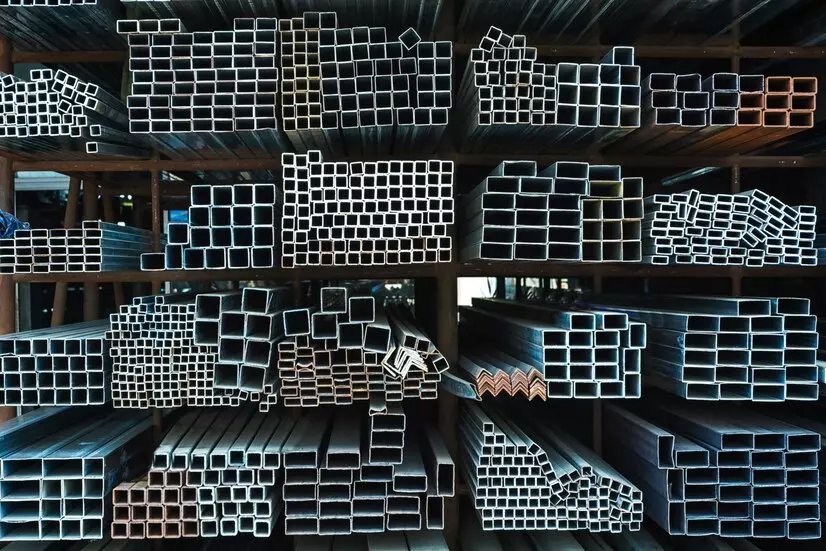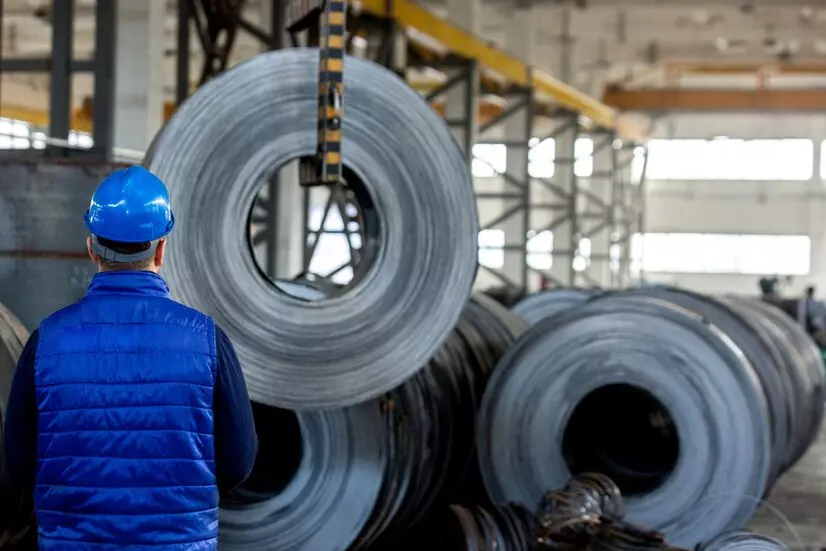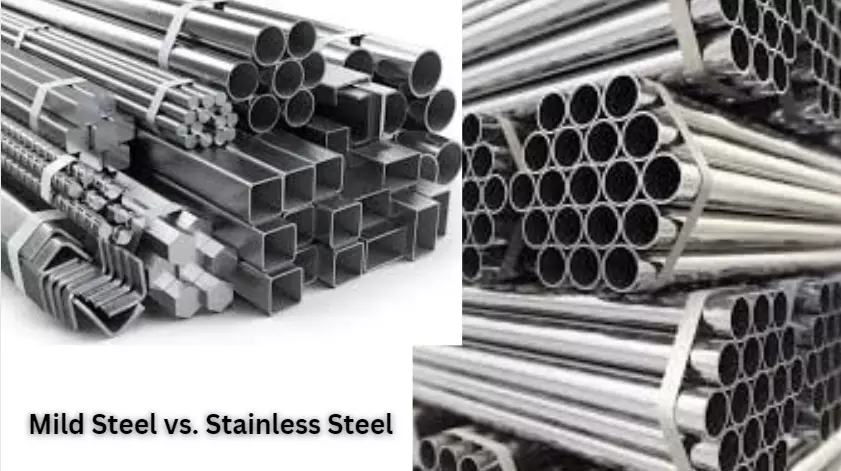Mild steel and stainless steel are two major materials that are required when selecting the ideal material for construction, manufacturing, automobiles, and other such projects.
People might get confused about the difference between mild steel and stainless steel. But both possess distinct characteristics and have varied uses.
This article aims to provide a thorough comparison of mild steel and stainless steel. The details will help readers better understand both products and make the right choice when they need to buy steel.
This article aims to provide a detailed comparison of mild and stainless steel. The details below help readers understand the material and choose/buy steel wisely.
What is Mild Steel?
This type of carbon steel has approximately 0.05% to 0.25% carbon content and a small amount of manganese in moderation.
Mild steel does not possess any added alloys, offering less or minimal resistance from corrosion and thermal activities.
Different Types of Mild Steels
- Low Carbon
- Medium Carbon
- High Carbon
- Very High Carbon
What is Stainless Steel?
Compared to mild steel, stainless steel has a slightly higher amount of carbon, usually lower than 1.2 %.
The difference between mild steel and stainless steel is the addition of chromium, which is a minimum of 10 – 10.5% that works as a corrosion thermal resistor.
Different Types of Stainless Steels
- Ferritic
- Martensitic
- Austenitic
- Duplex
- Precipitation – Hardening

Properties of Mild and Stainless Steel
1. Durability & Strength
Stainless steel is known for its superior strength compared to mild steel, making it the first choice for applications that demand robustness & high yield strength ratios.
Its durability greatly benefits industries like building constructions, bridges, and machinery.
Additionally, stainless steel provides superior resistance to corrosion and heat, making it an ideal choice for applications involving chemicals, food processing, and high-temperature environments.
Stainless steel can withstand pressures up to 515 MPa compared to mild steel, which can only handle 360-550 MPa.
2. Corrosion Resistance
Stainless steel is well-known for its ability to resist corrosion. This is due to its protective layer of chromium oxide on the surface, effectively preventing any additional corrosion.
On the contrary, mild steel is prone to corrosion, especially when it comes into touch with moisture and oxygen.
3. Hardness
Stainless steel is typically harder than mild steel due to its alloy composition, which incorporates elements such as nickel and chromium.
This improves its ability to withstand deformations better, making it ideal for applications that demand resilience and long-lasting performance.
According to the Rockwell B scale, mild steel scores 70, whereas stainless steel scores 95, regarding the hardness of the raw materials.
4. Aesthetics
Stainless steel has a modern, sleek, and polished surface that is highly resistant to stains and discolouration. This quality makes it perfect for various decorative designs and architectural purposes.
In contrast, mild steel has the potential to be painted or coated to improve its aesthetic appeal.

Common Usages of Mild Steel and Stainless Steel
1. Construction
Mild steel is mostly used in construction due to its favorable machinability and weldability, along with its capacity to endure heavy impact loads. It is used to construct skyscrapers, bridges, and other infrastructure projects.
Meanwhile, stainless steel is used to enhance architectural designs and decorations. The Empire State Building is the perfect example.
Constructed in 1930, the building continues to shine due to the durability and long-lasting quality of the stainless steel of the stainless steel.
2. Industrial Applications
Petrochemical: Stainless steel is widely used in different industrial settings, especially in petrochemical environments, because of its pivotal resistance to corrosion.
Automotive: It is used in automotive exhaust systems because of its heat and corrosion resistance.
Stainless steel is also preferred in industries where maintaining high standards of cleanliness and sanitation are of utmost importance.
Mild steel is used in several industries, such as furniture production, fencing and agriculture, automotive, pipelines, etc. It is preferred due to its bendability, which allows it to be shaped in different parts.
Also, since the mild steel parts attached last long and are made for daily use, it make preferred raw materials in industrial applications.
Mild Steel and Stainless Steel Prices
1. Initial Price Comparison
Mild steel is generally more affordable than stainless steel, with prices ranging from $0.50 to $0.75 per pound, while stainless steel prices range between $2.50 and $4.50 per pound.
2. Costs Over Time
Stainless steel is considered more cost-effective in the long run because it doesn’t corrode easily and has a longer lifespan. This results in lower maintenance and replacement costs compared to mild steel.
The total maintenance cost for stainless steel is just 5% of initial costs over 30 years.
Mild steel prices even though cheaper, need more maintenance. Over time, this makes mild steel expensive. Costs for regular painting and sealing of mild steel can total 20% of the initial cost over 30 years.
3. Resale Value
Stainless steel is known for retaining its value over time, making it a wise investment for projects that may involve repurposing or reselling the material.
Stainless steel can be resold for up to 60% of its original cost, whereas mild steel can only fetch 30% of its initial cost.
Conclusion
Mild and stainless steel possess distinct characteristics, uses, and expenses, making them appropriate for various usages.
When choosing between mild steel and stainless steel, it’s important to consider a project’s unique requirements, financial considerations, and plans. To make the best deal, you should always compare stainless steel and mild steel prices.

